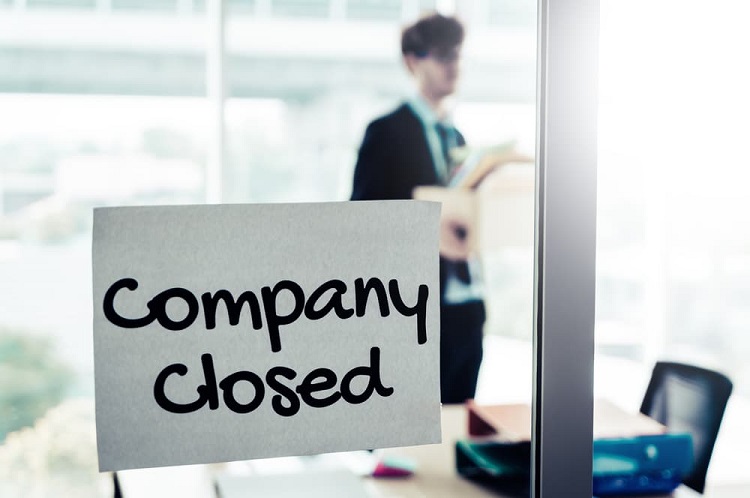Closing a limited company isn’t just about stopping business operations. There are legal steps you must follow to avoid penalties and complications later. The process depends on whether your company is solvent or insolvent. Here’s a clear guide to help you navigate it.
1. Determine the Company’s Financial Position
Before taking any action, check your company’s financial health. Are you able to pay off debts, or is the company insolvent? This distinction determines the closing process.
- Solvent Company: You can close it voluntarily through dissolution or members’ voluntary liquidation (MVL).
- Insolvent Company: You must go through a creditors’ voluntary liquidation (CVL) or compulsory liquidation if forced by creditors.
2. Settle Any Outstanding Debts
If your company owes money, you need to settle as much as possible. For solvent companies, pay off creditors before proceeding with closure. If the company is insolvent, seek professional advice from an insolvency practitioner to manage debts legally.
3. Decide on the Closure Method
Dissolving a Solvent Company
If your company has no debts, you can apply for voluntary dissolution. Here’s how:
- Cease Trading – The company must stop trading for at least three months before applying for dissolution.
- Inform Stakeholders – Notify HMRC, creditors, employees, and shareholders about your plans.
- Close Business Accounts – Settle outstanding tax obligations, including VAT and Corporation Tax.
- Apply to Companies House – Submit a DS01 form, signed by the majority of directors, with a £10 fee.
- Wait for Confirmation – If there are no objections, the company will be struck off the Companies Register after two months.
Members’ Voluntary Liquidation (MVL)
If your company has assets worth distributing but no debts, an MVL might be a better option. You’ll need to:
- Appoint an Insolvency Practitioner – They will oversee asset distribution and ensure legal compliance.
- Sign a Declaration of Solvency – This confirms the company can pay all debts within 12 months.
- Hold a Shareholders’ Meeting – 75% of shareholders must agree to liquidation.
- Liquidate Assets and Distribute Funds – The insolvency practitioner will handle this process.
- Deregister from Companies House – The company is removed from the register once liquidation is complete.
Creditors’ Voluntary Liquidation (CVL) for Insolvent Companies
If your company can’t pay its debts, you must go through a CVL. The process includes:
- Appointing an Insolvency Practitioner – They will manage creditor claims and asset sales.
- Calling a Shareholders’ Meeting – A resolution to liquidate must be passed.
- Holding a Creditors’ Meeting – Creditors will have the chance to discuss the liquidation process.
- Selling Company Assets – The funds raised go towards paying creditors.
- Final Accounts Submission – The insolvency practitioner submits reports to Companies House.
- Company Removal – Once debts are settled, the company is struck off the register.
4. Inform HMRC and Other Authorities
Regardless of the closure method, notify HMRC. You’ll need to:
- File final Corporation Tax returns.
- Pay any remaining tax liabilities.
- Deregister for VAT and PAYE if applicable.
- Claim any tax refunds owed to the company.
5. Pay Employees and Handle Redundancies
If your company has employees, you must follow redundancy laws. This includes:
- Providing redundancy pay if eligible.
- Issuing final payslips and P45s.
- Informing HMRC of final payroll submissions.
- Ensuring any pension schemes are closed properly.
6. Distribute Remaining Assets
For solvent companies, any remaining assets (e.g., cash, property, or equipment) should be distributed among shareholders before dissolution.
7. Close Business Bank Accounts
After paying creditors and distributing assets, close the company’s business bank accounts to prevent unauthorised transactions.
8. Keep Records for Future Reference
Even after the company is closed, retain financial and legal records for at least six years. This is crucial for any potential tax inquiries or legal issues.



